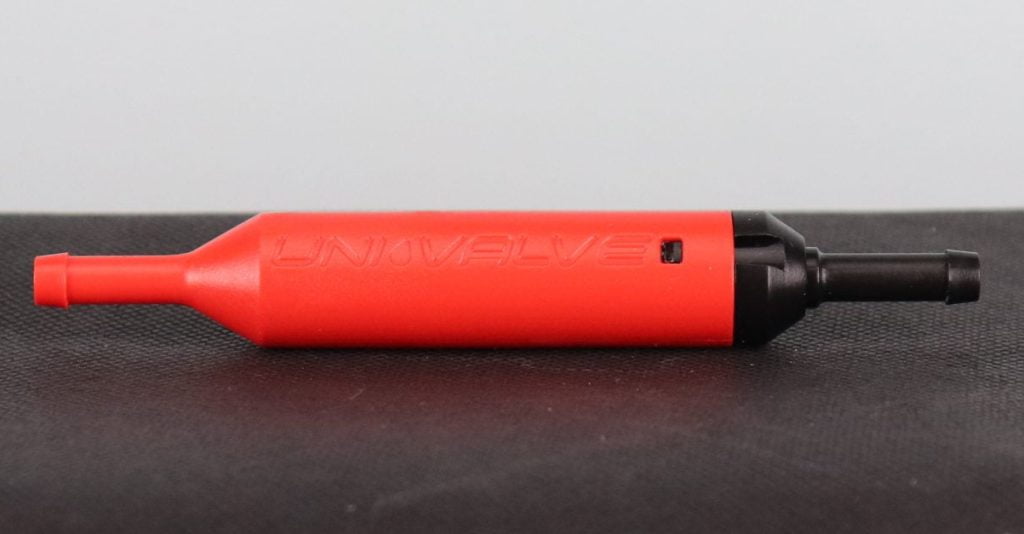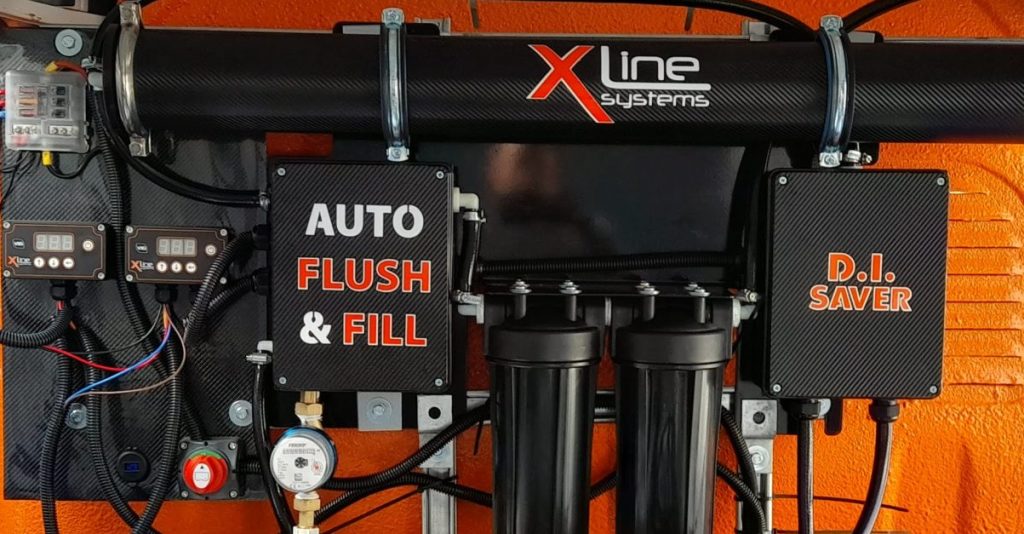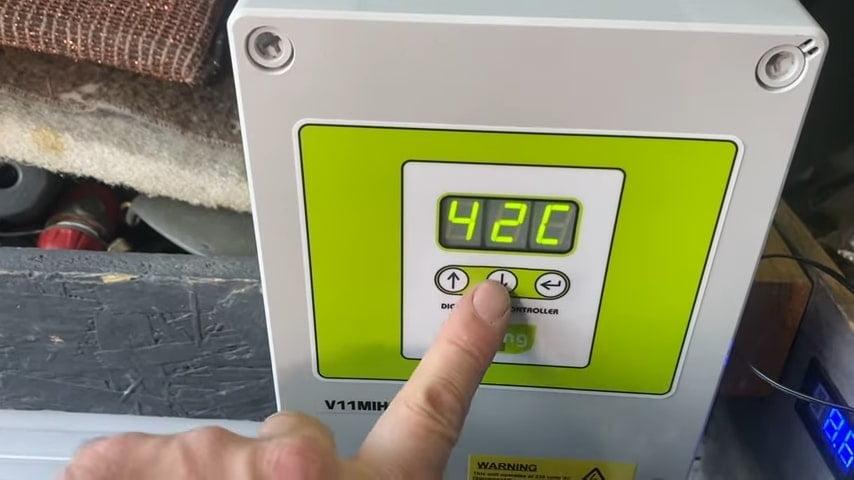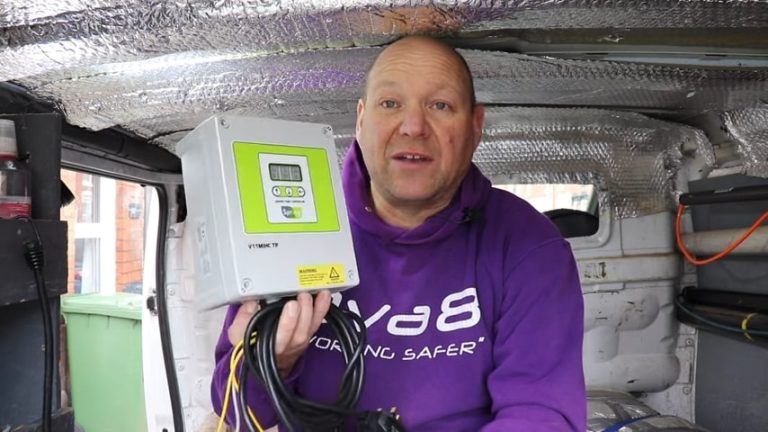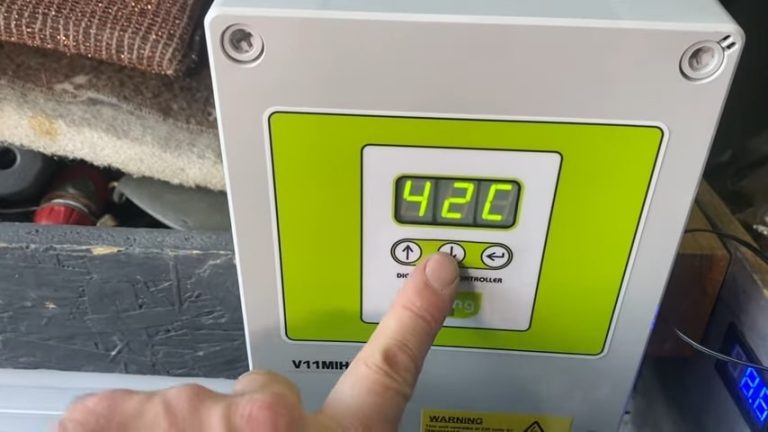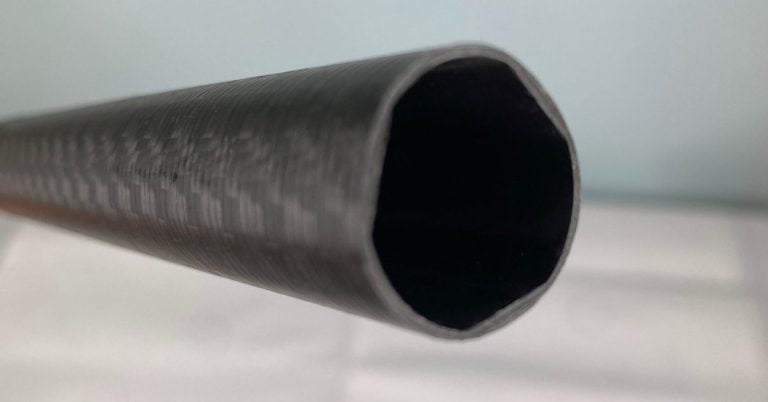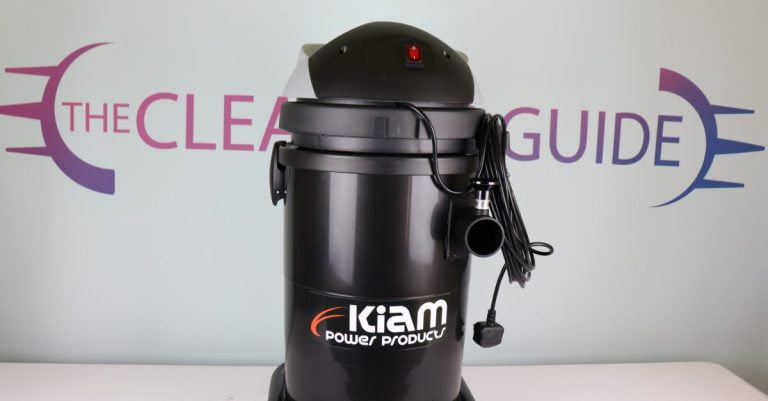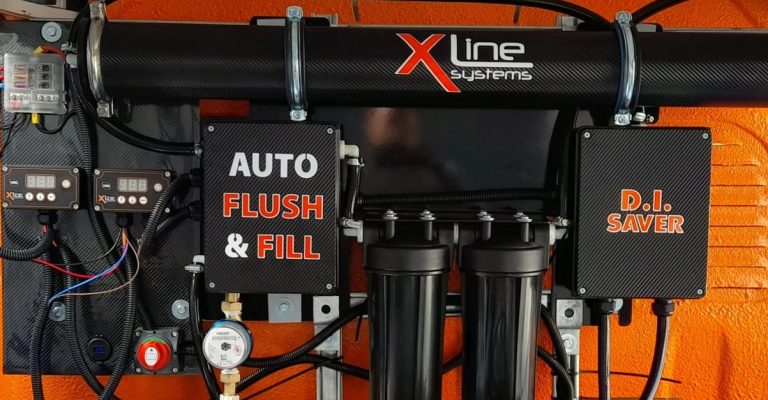Small changes to your setup can translate to big gains in how much money you take home. Sure the most important parts of a window cleaner’s equipment are the pole, brush, van setup etc, but in this article, we are going to look at some of the best tools you can take with you to power up your cleaning.
Muc-off claw brush
This brush was designed to get into all the awkward spaces around bike chains and gears, but it works brilliantly on first cleans. Put it on a string and wear it around your neck to always have it to hand.
The claw end of it is great at scraping the dirt and moss out of the weep space where the window frame meets the sill. The brush is good for getting moss off the glass seals where it is growing.
You won’t need to use it every day, but it will make a big difference on first cleans and can get into those awkward spaces. You can buy it from Amazon here.
Gutter getter
Another simple product that quickly pays for itself is a gutter scoop. It is slightly flexible so it moulds to the shape of the gutter. It can hold a lot of debris and has a nice handle to lift things out without getting your hand and gloves cold and wet for the rest of the day.
It is also useful for filling your DI bottle with resin and scooping up anything that is small. It’s so cheap it will pay for itself on the first job.
Buy it from Amazon here.
Comb
Are you fed up with your brush picking up spiders webs, seeds and dirt? The best way I have found to clean it is with a flea brush. You can pick them up locally or get next day delivery on one like this, which will last you for life and has differently spaced teeth.
Simply brush the comb through the bristles to remove dirt, leaves or seeds. For the sake of a couple of quid, this could even prevent you from causing a costly scratch on some glass.
Voltmeter
One of the most useful gadgets for finding out what is wrong with your system is a voltmeter. Leave it permanently installed to always have your voltage available to reference.
You can get a simple LCD voltmeter like this that we have used for years and will do the job.
Or you can go for a control panel with a built-in voltmeter to kick your system up to the next level!
Your battery should read 13.5v when fully charged and on a float charge, 12.8v if fully charged with no load, and will cut off when it is drastically discharged at 10.4v.
Inline TDS
An inline TDS meter will make sure that you always know you are cleaning with pure water, and will not have to return to the customers’ house because you cleaned it with impure water.
The beauty of an inline TDS meter is that it is always connected, so it is really easy to check the TDS levels.
A two-way TDS meter like this one from Blade Right can tell you the TDS before DI/RO and after DI. The advantage to buying from Blade Right instead of Amazon is that they sell it with a choice of JG input sizes and optional hosetails to quickly adapt it to a window cleaning environment.

12v spotlights
Having lights in your van that you can adjust are really useful, especially in the winter. You can light up the inside of your van when needed, and if you get caught on a job in the dark, you can aim them where you are working to let you continue.
We use 12v lights like these from Amazon. They run off our leisure battery so wiring is simple, and with a split charger fitted we can run the engine if the leisure battery is getting low to keep them working.
Final Words
These are some simple suggestions that we have found make a big difference when we are working. Please share the accessories you have that make a big difference to your job in the comments.



